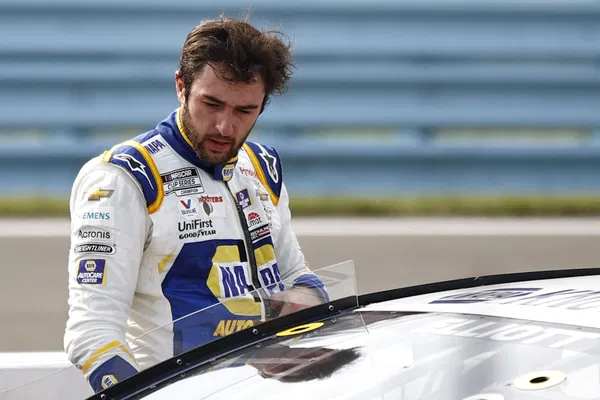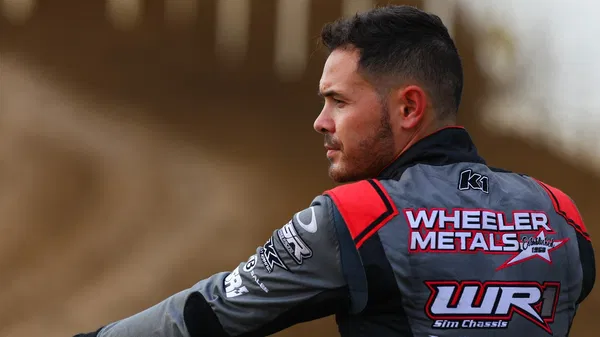As the second playoff race at Watkins Glen International approaches, NASCAR experts have been discussing Turn 11 on the road course. Known for its complexity, Turn 11 is often considered the most challenging section of the 2.45-mile track. This road course is unique for its high-speed racing, making it difficult for drivers to overtake each other through its tight corners. The upcoming race, the Go Bowling at the Glen, will be held on Sunday, September 15, at 3:00 PM ET, and it will be the first road course event in this year’s 10-race playoff series.
Watkins Glen is famed for its demanding nature. Despite being a road course, it is known for its high-speed action, which often complicates passing maneuvers. Turn 11, the final corner of the track, has a notorious reputation for causing accidents and presenting difficulties for spotters. This turn is partially obscured by an overbridge, making it particularly challenging to monitor.
Notable crashes at Watkins Glen include Geoff Bodine’s 1989 accident, Jimmie Johnson’s significant crash in 2000, and Jeff Gordon’s collision in 2009. These incidents underscore the hazards associated with Turn 11.
In anticipation of the 220-mile race, NASCAR insiders Brett Griffin, Freddie Kraft, and TJ Majors shared their thoughts on Turn 11. TJ Majors noted the difficulties of Turn 11, explaining, “We’ve had some big wrecks out of Turn 11. Turn 10 was previously equipped with a sand trap, but it has since been paved.” Majors also highlighted the visibility issues for spotters: “Turn 11 is particularly tough for spotters because wrecks under the bridge are hard to see.”
Brett Griffin echoed these concerns, stating, “It’s like once every two or three years, someone spins out and ends up right under the bridge.” Bubba Wallace’s spotter also referred to Turn 11 as the “worst spot” on the track.
Interestingly, the 2023 Watkins Glen race, which saw William Byron take the victory, did not feature any crashes.
Looking ahead to the playoff race, NASCAR will introduce a new tire compound at Watkins Glen, aimed at addressing the NextGen car’s performance issues on road courses. Since the NextGen car replaced its predecessor at the start of the 2022 season, drivers have struggled with its performance, particularly in close quarters and on road courses where braking zones are shorter. The Gen 7 car has had difficulty outperforming rivals in these conditions.
The new Goodyear tire compound, set to debut in this race, is expected to create a tire fall-off of about three seconds. Tire fall-off refers to the degradation of the rubber as it wears out, which affects grip and speed. This new compound is anticipated to provide better traction and performance as it wears in.
The race will be divided into three stages: Stage 1 will cover 20 laps, Stage 2 will be 40 laps, and the pit road will close with two laps remaining. Teams will need to manage tire wear strategically, especially if the degradation exceeds expectations. Last-minute strategies could become crucial for maintaining championship positions.
Drivers Tyler Reddick, Austin Cindric, and Daniel Suarez tested the new tire compound at Watkins Glen in June. Feedback indicated that tire performance declined by two to five seconds as they aged. With these insights and data from sensors, the race will offer a compelling test of how well the drivers and teams adapt to the evolving conditions.
NASCAR insiders discuss “worst spot” at the Watkins Glen ahead of the playoff battle




